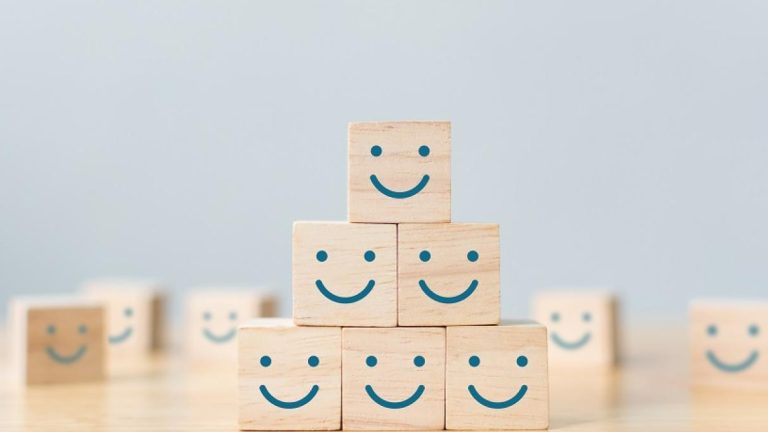Employee experiences more aligned to the expectations of senior leaders than their teams
There is a concerning disconnect in how senior and executive leaders in India rate their own employee experience compared to the teams they lead. Against the backdrop of a talent shortage in India and expected economic headwinds in 2023, this gap is directly impacting the ability to retain and enable talent, according to new research released by Qualtrics.
Findings from the Qualtrics 2023 Employee Experience Trends Report – based on 1,000 responses from workers in India – show two-thirds of senior and executive leaders (65%) say their expectations at work are being met compared to 48% of middle-managers and junior employees. In particular, middle-managers and junior employees report lower levels of intent to stay, well-being, engagement, and inclusion. Satisfaction with pay also varies between the two groups – and the gap is increasing year on year.
| All employees | Middle-managers and junior employees | Senior and executive leaders | |
| Expectations at work met | 57% | 48% | 65% |
| Intent to stay | 62% | 53% | 70% |
| Well-being | 91% | 88% | 94% |
| Engagement | 90% | 87% | 92% |
| Inclusion | 88% | 86% | 90% |
| I am paid fairly for the work I do | 83% | 79% | 87% |
In contrast, findings from the Qualtrics study reveal how closing the experience gap can help employers increase retention and productivity. Across all levels of the workforce, workers whose expectations are met at work are 1.8 times more likely to stay with their employer for longer, and 1.4 times more likely to go above and beyond.

“Against the backdrop of increasing rates of burnout, financial stresses caused by the rising cost of living, and evolving employee needs, the Qualtrics findings must serve as a wake up call for business and HR leaders in India. There is a clear gap in the experience organisations think they’re delivering to their teams and what’s actually being provided, and failure to address it can have serious implications – from struggling to retain top talent, cultivating employee wellbeing, and maintaining productivity and performance,” said Lauren Huntington, Employee Experience Solution Strategist, Southeast Asia and India, Qualtrics.
The EX Trends organisations must prioritise in 2023
In addition to closing the EX gap between leaders and their teams, the Qualtrics 2023 Employee Experience Trends Report pinpoints key trends employers need to focus on next year to ensure employee expectations are met:
- Improving onboarding and enablement for new employees – In India, engagement, intent to stay, and meeting employee expectations is lowest among employees who have been with their current employer for less than 12 months. These findings demonstrate the challenges organisations face onboarding employees in rapidly changing environments, and the need to adapt systems and processes accordingly.
- Enabling managers with the resources and skills to lead their teams with impact – The behaviours and actions of managers is one of the most pervasive drivers across all EX metrics in India, highlighting the critical need to provide leaders with the tools and resources they need to effectively and confidently lead their teams.
- Prioritising employee growth and development to drive retention and inclusivity – Believing career goals can be met at the employees’ current organisation are in the top two drivers of intent to stay and inclusion, revealing the importance of prioritising growth and development within EX programs.
- Having company values employees believe in and regularly see demonstrated – Employees’ belief in organisational values is in the top 10 drivers of nearly all the key EX metrics – including well-being, intent to stay, inclusion, and meeting expectations – reflecting a need to understand what employees care about most and acting accordingly.
“What we’ve seen through our research is that in India and across the globe, employee expectations continue to evolve at a rapid rate. As employers work to address the employee experience gaps that remain and emerge in their organisations, it is critical they are focused on understanding what obstacles and friction points their teams are running into so that they can be removed for the entire workforce. And as the Qualtrics findings show, for organisations that do this well the rewards will be significant,” said Georgie McIntyre, Lead Author for the Qualtrics 2023 Employee Experience Trends Report and Employee Experience Scientist, Qualtrics.
Methodology
Qualtrics surveyed nearly 29,000 working individuals across 27 countries in Q3 2022 to understand how employees feel about the state of the workplace and how their changing relationship with it will define the future of work.
1,000 respondents were from India, which includes 455 junior- to manager-level employees, and 545 senior and executive leaders
Stay connected with us on social media platform for instant update click here to join our LinkedIn, Twitter & Facebook



































Add comment